
Bear Trap - What It Is and How To Identify It?

As traders, we all want to achieve the best possible results when it comes to making profits. But, in reality, markets can be unpredictable, and trends can reverse at any time.
This is where analyzing trading patterns come into play. One such pattern is the bear trap, which is designed to take advantage of price movements. This is a situation where the market appears to be heading in one direction, only to suddenly reverse and move in the opposite direction.
In this article, we'll take a closer look at the bear trap, how it works, how to identify it with examples and most importantly, how you can avoid falling into it.
What is a Bear Trap?
A bear trap occurs when the market appears to be entering a downward trend, and traders start selling their assets to avoid losses. However, instead of continuing to decline, the market suddenly reverses and begins to rise again, trapping the bearish traders who sold their assets in anticipation of a further drop.
One of the main reasons why bear traps occur is due to market manipulation by large players such as institutional investors or hedge funds. They can create a false sense of bearish sentiment by selling large quantities of a particular asset, which causes smaller traders to panic and start selling as well.
Once these smaller traders have sold their assets, the large players can then start buying them back at a lower price, which drives up the market price and causes the bearish traders to incur significant losses.
How Does Bear Trap Work?
A bear trap is created when traders deliberately sell large volumes of a particular asset in order to push the price of that asset down. This creates a false impression of the market declining, leading other traders to believe that the asset is losing value and to sell their positions.
Once the price of the asset reaches a certain low point, the traders who created the bear trap begin to buy up large volumes of the asset at the artificially low price, thereby increasing demand and driving the price back up.
Here are some of the ways that bear traps work:
- False Signals - Traders create fake signals to suggest that the market is going to drop. These signals may include a sudden increase in selling volume or a sharp drop in prices. The purpose of these signals is to convince investors to sell their assets, which in turn drives the price even lower.
- Spread FUD - Fear, uncertainty, and doubt (FUD) are common tactics used by traders to create a bearish market. Traders will spread rumors or news stories that suggest that the market is about to crash, causing investors to panic and sell their assets.
- Sell-Off - Traders initiate a massive sell-off of a particular asset, causing its price to plummet. This creates a domino effect, as other investors begin to panic and sell their assets as well, leading to a significant drop in the market's overall value.
- Short Selling - Traders can also use short selling to initiate a bear trap. In short selling, a trader borrows assets from another investor and then sells them at the current market price. The trader then waits for the price to drop before buying the assets back at a lower price, returning them to the original owner and pocketing the difference.
A bear trap is a manipulative tactic used by traders to make a profit by artificially creating a downward trend in the market. Investors should be aware of these tactics to avoid falling prey to a bear trap.
How to Identify a Bear Trap?
Identifying a bear trap is not always easy, but there are some key indicators to look out for. Firstly, if the market appears to be moving in a particular direction for an extended period, it's important to be cautious as this may be a sign of manipulation.
Another indicator to look out for is a sudden and unexpected shift in market sentiment. If the market suddenly starts to move in the opposite direction to what was expected, it's important to be cautious and assess the situation carefully.
Bear Trap Chart
Let's take a look at the chart for a better understanding of how a bear trap works. In the chart, the price of an asset had been steadily rising, but then suddenly dipped below a trend line that acted as support. This made it look like the support would be broken and that the price would continue to fall. However, within the same time period, the price went back up and continued to rise.

Traders who acted too quickly and sold their shares, when the price broke the trend line would have been "bear-trapped," as the price quickly rose again, and they missed out on potential profits.
On the other hand, traders who waited for the price to close outside of the trend line and make a retest would have been able to avoid the bear trap and make a profitable trade.
Example of a Bear Trap
One real-life example of a bear trap in the crypto market occurred in May 2021, when the price of Bitcoin dropped from its all-time high of nearly $65,000 to around $30,000. Many investors sold their Bitcoin at this point, fearing that the market would continue to decline.
However, Bitcoin's price rebounded to nearly $40,000 just a few weeks later, trapping those who sold out of the market and missing out on potential profits. This is a classic example of how a bear trap can occur in the crypto market, as fear and uncertainty can lead to hasty decisions that result in missed opportunities.
How to Avoid Falling into a Bear Trap?
Avoiding a bear trap requires a combination of vigilance, patience, and discipline. Firstly, it's important to conduct thorough research and analysis before making any trading decisions.
This will help you to identify potential risks and opportunities and make informed decisions based on data and evidence rather than emotions. It's also important to have a solid trading plan in place and stick to it, even in the face of market volatility. This will help you to avoid impulsive decisions that can lead to losses.
Another key strategy for avoiding bear traps is to monitor the actions of large players in the market. By keeping an eye on institutional investors and hedge funds, you can gain insights into market sentiment and potentially identify manipulation before it affects your trades.
Difference Between Bear Trap and Bull Trap
As an investor, it's important to be aware of the potential pitfalls that can come with trading in the market. Two common traps that investors may fall into are bear traps and bull traps.
Here are some pointers to help you differentiate between a bear trap and a bull trap:
1. A bear trap is a situation where prices are expected to continue to fall, and investors sell their positions to avoid further losses. However, the market then unexpectedly rebounds, trapping these investors and causing them to miss out on potential gains. On the other hand, a bull trap is a situation where investors anticipate a market upswing and buy in, only for prices to fall, resulting in losses.
2. In a bear trap, investors tend to be overly pessimistic and sell their positions too early. This can lead to missed opportunities for profits. In contrast, in a bull trap, investors tend to be overly optimistic and buy in too early, resulting in losses as the market dips.
3. Bear traps are more common in bearish markets, where the overall trend is downwards. Bull traps are more common in bullish markets, where the overall trend is upwards.
4. In a bear trap, the market may rebound due to unexpected positive news or a sudden surge in demand. In a bull trap, the market may drop due to negative news or a sudden decrease in demand.
5. Bear traps tend to occur when investors are driven by fear and panic, while bull traps tend to occur when investors are driven by greed and optimism.
Conclusion
In summary, bear traps can be devastating for traders who are caught on the wrong side of the market. However, with careful research, analysis, and monitoring, it's possible to avoid falling into these traps and making profitable trades.
By remaining vigilant and disciplined, traders can navigate even the most challenging market conditions and achieve success in their trading endeavors.
Disclaimer
The information provided on this website does not constitute investment advice, financial advice, trading advice, or any other sort of advice and you should not treat any of the website's content as such.
Token Metrics does not recommend that any cryptocurrency should be bought, sold, or held by you. Do conduct your own due diligence and consult your financial advisor before making any investment decisions.

.svg)

Create Your Free Token Metrics Account

.png)




%201.svg)
%201.svg)


%201.svg)



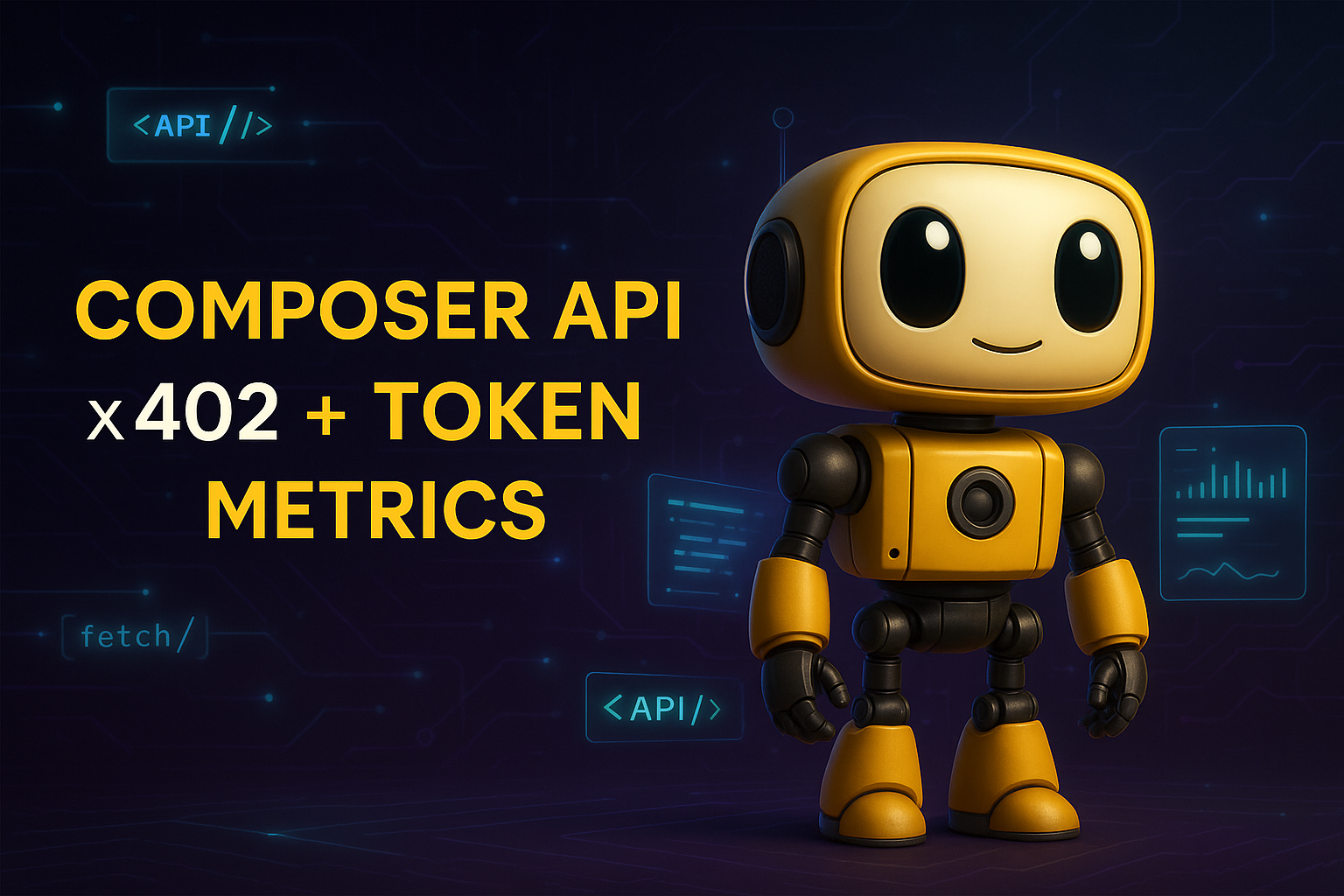
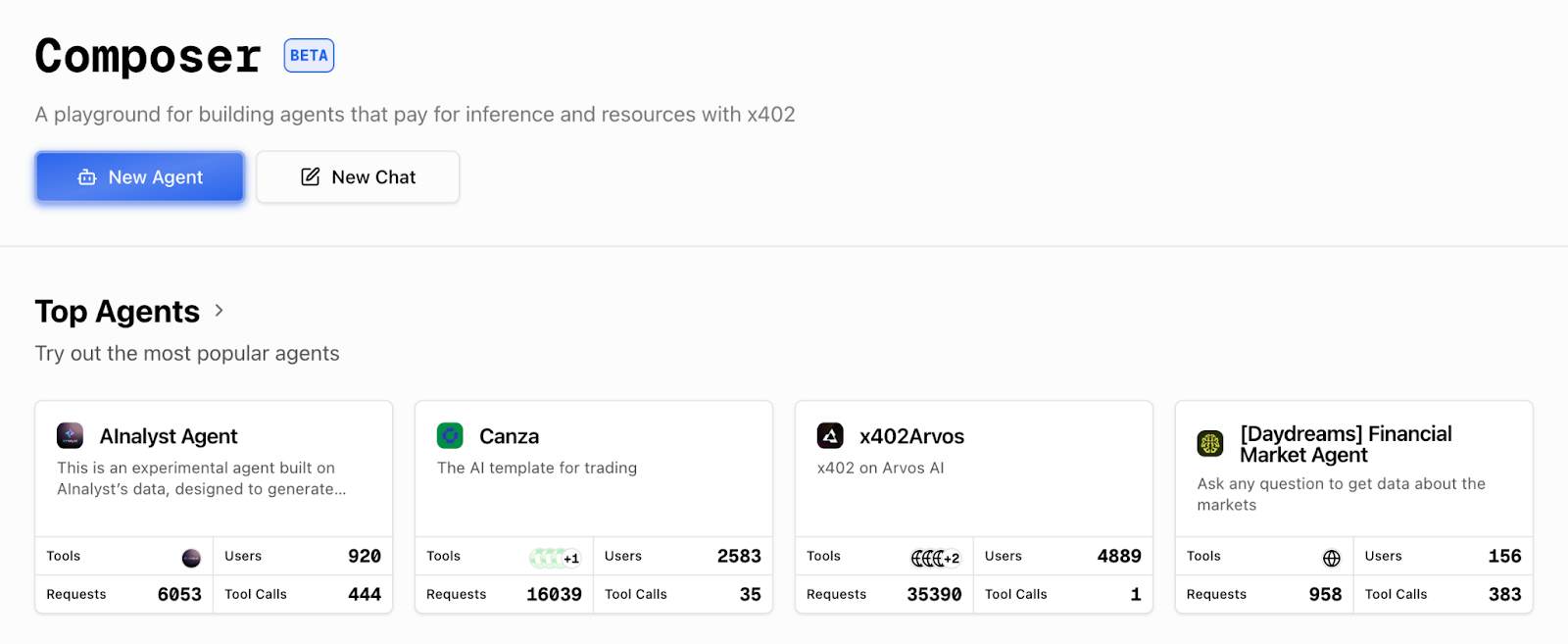
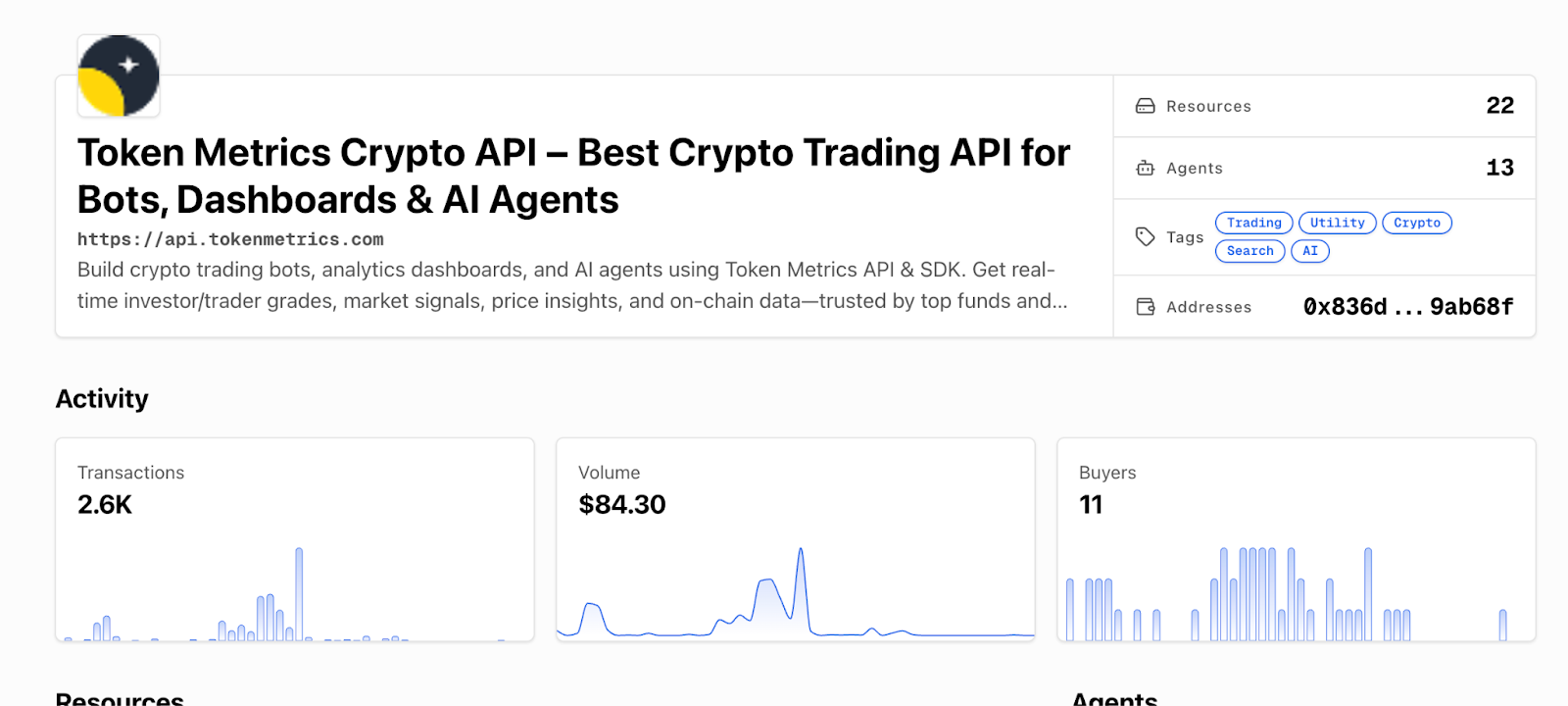
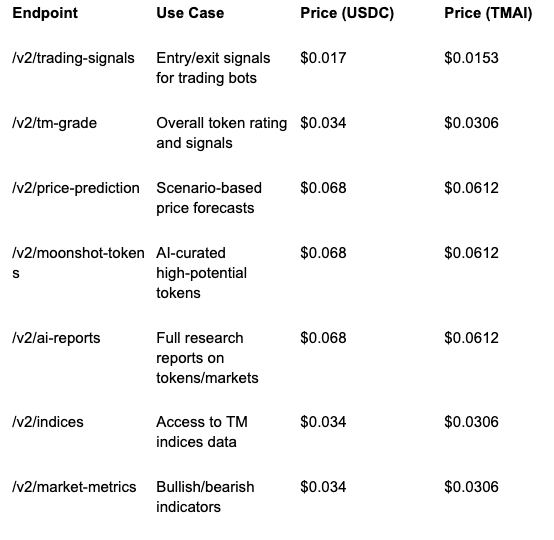
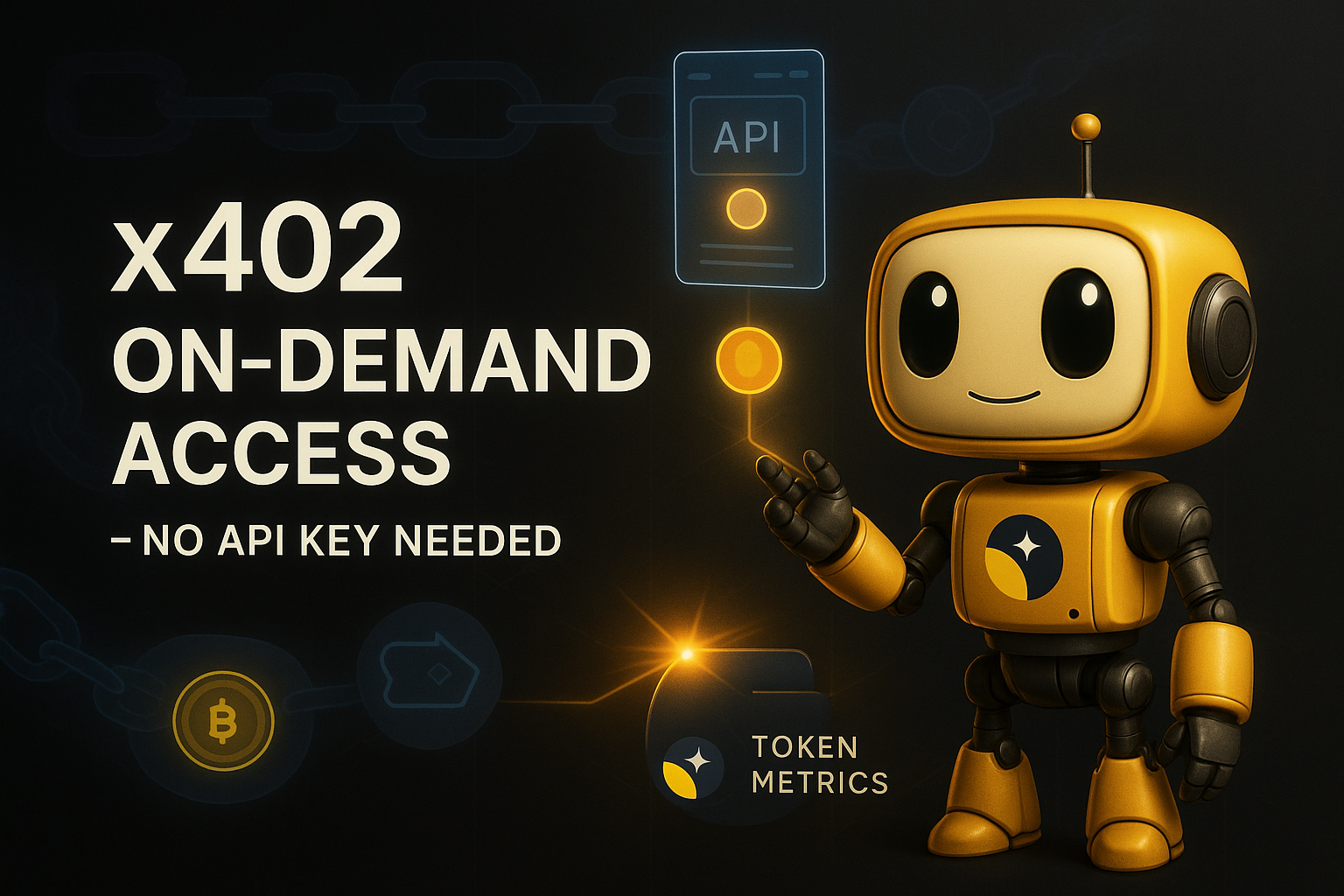
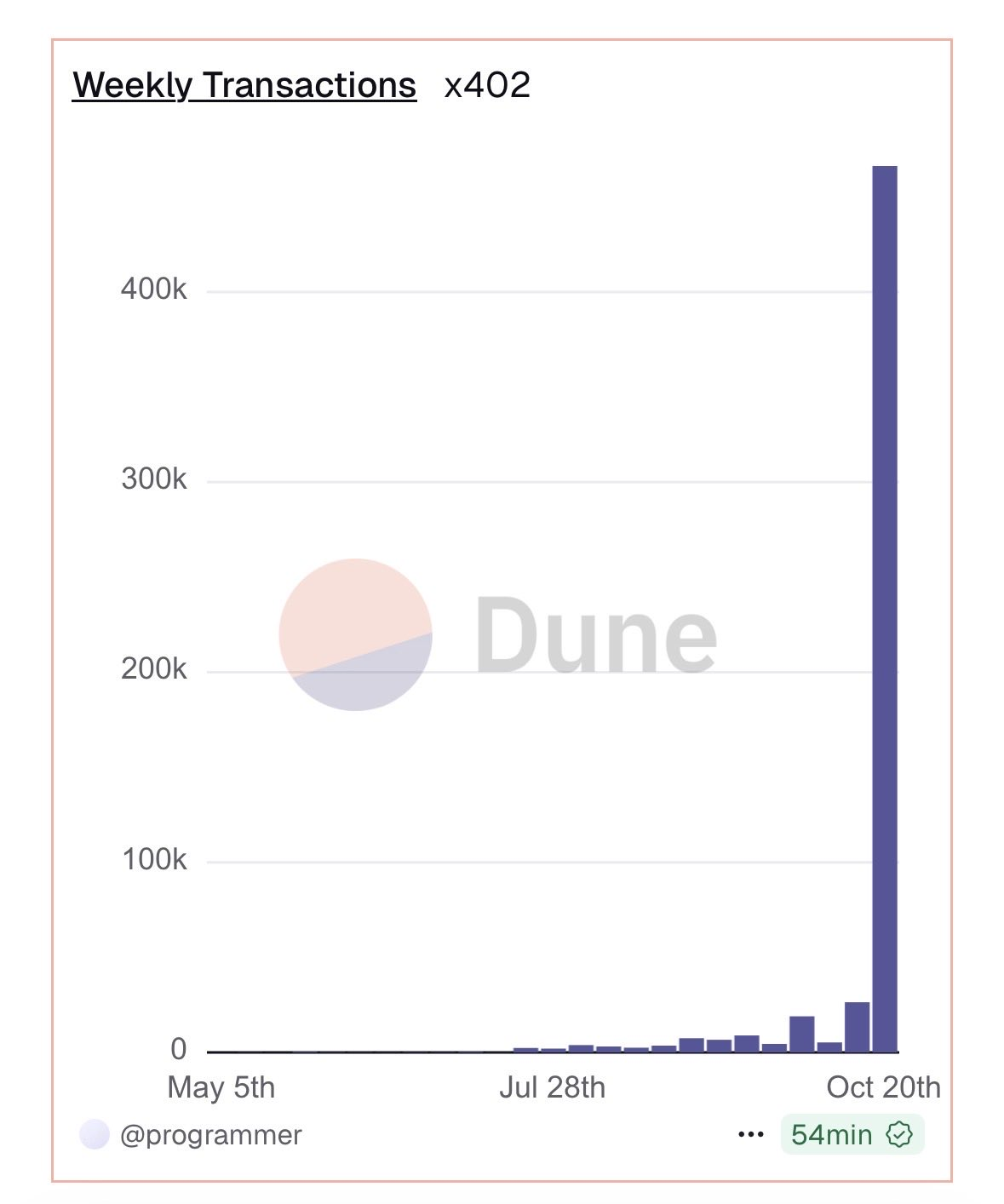


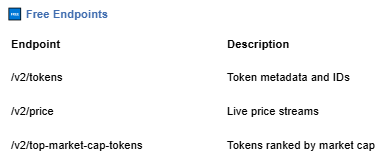


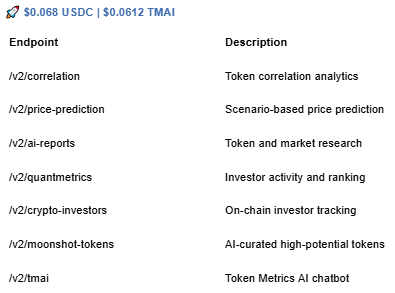

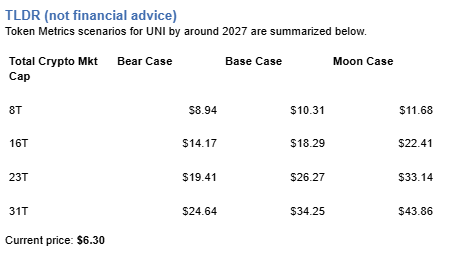
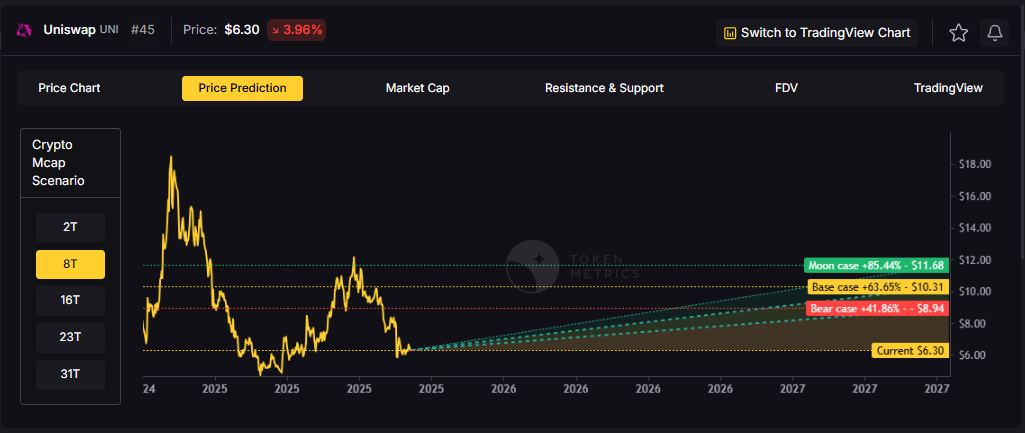









.svg)




.png)